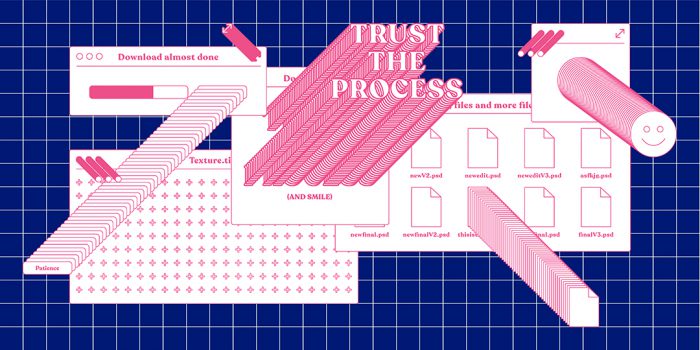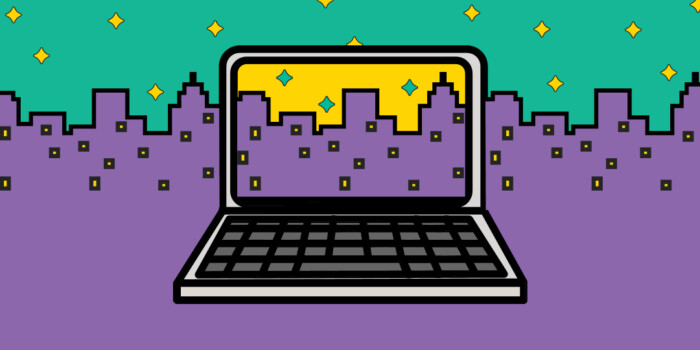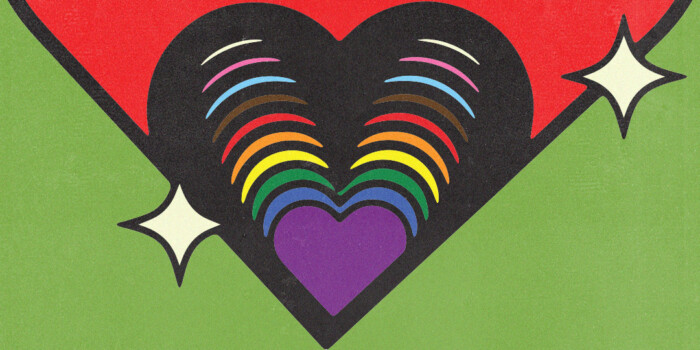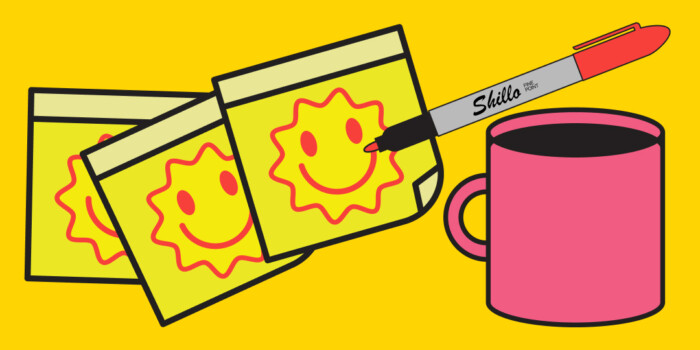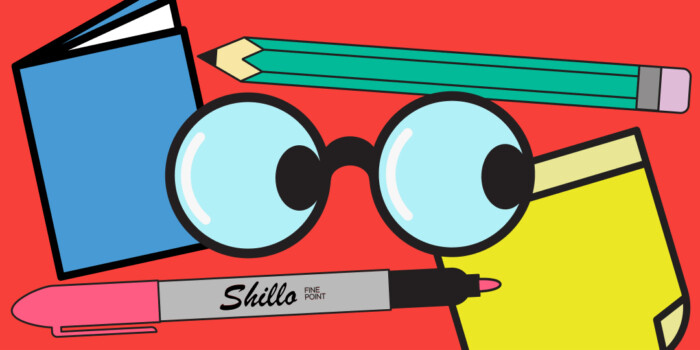Is Graphic Design a Good Career?
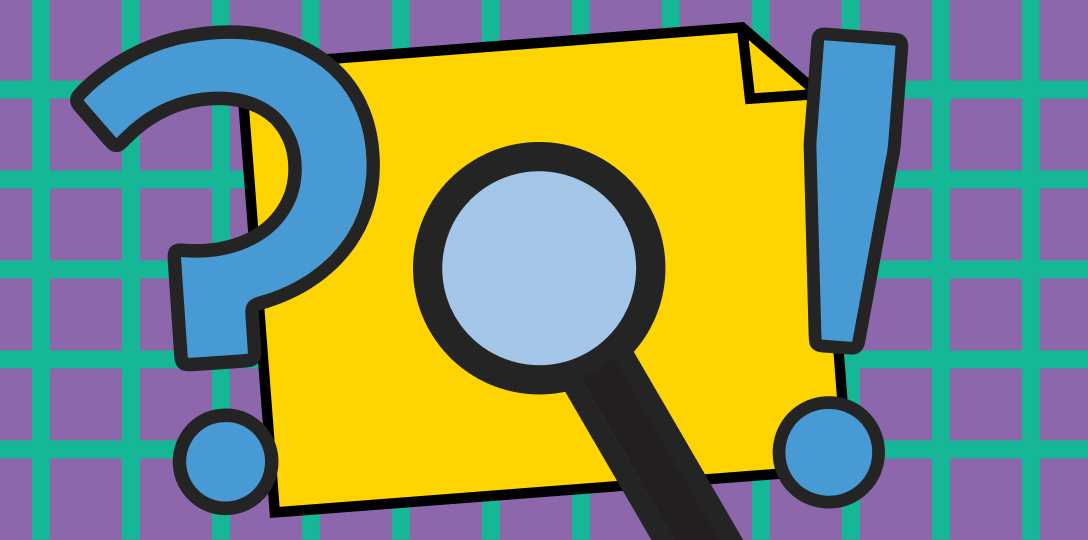
Is graphic design a good career? In short, yes. Though, as a graphic design bootcamp taught by practicing graphic designers, we would say that. So, we’re going to break it down for you and explain why being a graphic designer is a good, multi-faceted, ever evolving, fun and creative job.
We’re going to run you through what graphic design is, potential career paths, careers, industries, skills, salaries to show you just how great it is to be a graphic designer—and then tell you the best way to become one (if you’re already wondering, it’s Shillington’s graphic design course).
What is Graphic Design?
At Shillington, we define graphic design as the effective visual communication of an idea or concept. Okay, well what does that mean?
Graphic designers turn theoretical things into something visual and understandable.
Let’s give you an example: someone has just started a coffee roastery, they have all the machines and equipment they need but they also need a brand. This is where graphic design and graphic designers come in. They are able to research, develop and design a recognisable and understandable brand for our coffee roaster. Something that someone could see and say “oh that’s a coffee roastery”. This is known as branding.
Of course, like any career, graphic designers don’t just do one thing, branding is just one part of a multi-faceted, dynamic career. They also design a whole host of other things. Think about your daily routine. The app that wakes you up—designed by a graphic designer. The transit map you use to find your way around—designed by a graphic designer. The packaging from your lunch? The magazine you read on the train? The website you use to book a restaurant? The poster that caught your eye? You guessed it, all designed by graphic designers. Effectively, a huge amount of images that you use and see everyday are a result of graphic design.
Is graphic design a good career path?
There are many elements of graphic design that make it a great career to embark on and the different career paths it can take you on are a huge bonus.
Setting out from a graphic design bootcamp or a degree in graphic design, the traditional route many designers opt to take design internships which are a great way to get a taste of different aspects of the design industry (more on this below). They’ll then become a junior designer, before working their way up to a midweight designer, senior designer and eventually creative director. One great example of this is Shillington London graduate Roo Cassels. Roo joined packaging design agency Big Fish as a graduate back in 2016 before working his way up through the studio and becoming creative director in just five years.
Despite this, there is no one set career path for graphic designers and this is part of what makes it such an exciting career—graphic designers are in demand! Graphic designers don’t have to work in a design studio. More and more companies are now hiring in-house designers who design everything for that one company. These could be tiny tech start-ups who need a digital designer to help build the UX and UI for their products or they could be a company with shops across the world who have a whole design team creating a whole range of things, including in-shop posters, adverts and point of sale (POS) interfaces.
It doesn’t stop there though—graphic designers are also able to freelance. What does it mean to be a freelance graphic designer? Freelancers are self-employed designers, who are hired by different companies for their design needs. It’s effectively like being your own one person design studio—but you’re in control of what projects you choose to work on. Of course, working for yourself means you’re entirely independent—so you’ll be in charge of every step of the process, from finding clients (or helping them find you) to chasing invoices and paying taxes. Though, that’s all part of the fun.
The best thing about all this? As a graphic designer, you’re not limited to one of these paths.
Throughout your career, you can work in a studio and then freelance. Or freelance and then work in-house. Or even all three. Each and every experience will only build your career and lead you to new and exciting opportunities. In fact, you don’t even have to just be a graphic designer. Which brings us on to our next point…
Careers in the graphic design industry
Graphic design as a career doesn’t mean just working as a graphic designer. Obviously many graphic design graduates do choose not to specialize, but graphic design skills are useful in a lot of other roles:
- Digital and UX/UI designer
- Art director
- Book cover designer
- Packaging designer
- Illustrator
- Typography designer
- Teacher/lecturer (just like our Shillington Teachers!)
- Creative artworker
- Muralist
- Content Creator
- Creative Strategist
This is just a taste of where a graphic design course could get you—as a matter of fact, these are all jobs that Shillington graduates have. As a graphic designer, the creative world is truly your oyster!
Industries looking for graphic designers
Graphic designers are in demand. In the time we live in, consumers are becoming more and more attuned to good design so practically every industry is looking for designers to enhance what they do.
A quick scroll through a Graphic Design Jobs Board (here’s some of the top ones online for you) will come up with design jobs for charities, publishers, record companies, restaurants, television, apps, sports teams, education, newspapers, insurance, health and a whole lot more. We weren’t joking when we said practically every industry is looking for designers!
What’s great about this is if you’re looking for a creative career change from what you already do, there’s a high possibility that your existing skills will come in handy.
Unsurprisingly the biggest industry that employs graphic designers is the design industry itself. Design studios and agencies in every country and every city will always need graphic designers so there is never a shortage of design roles in these studios. Again, a quick look through any Jobs Board will show you design jobs in everything from global agencies with offices in New York, London and Tokyo to small, boutique studios in cities across the world, like Melbourne, Manila and Mumbai. There’s a whole lot of really exciting stuff out there for designers to get their teeth stuck into.
How much do graphic designers make?
One very important thing to know when you’re thinking “is graphic design a good career?” is how much you could be making as a graphic designer. We all want to be making a good wage whilst working in a fulfilling career.
How much you’ll make as a graphic designer obviously depends on various factors: including where you are in the world and where you are in your career, both of which can also change or be changed.
To make things easier, we’re going to share the average salaries for three different graphic design career stages, junior, senior and design director, where our campuses are:
New York City
Junior designer: $55,506
Senior designer: $91,452
Design director: $107,167
(According to Indeed, November 2022)
London
Junior designer: £26,605
Senior designer: £46,962
Design director: £68,212
(According to Indeed, November 2022)
Australia
Junior designer: $67,736
Senior designer: $112,531
Design director: $157,914
(According to Indeed, November 2022)
Want to look up the average graphic designer salary where you live? Indeed’s Salary Guide is a great way of searching for the kind of money you could make.
As you can see, graphic design is a career that rewards progression—you can quickly start earning more money as you make your way up through the ranks of a studio or agency.
Want to know more about graphic design salaries? Check out our definitive breakdown of a graphic designer salary of what a graphic designer can get paid. Or if you want to know how much you can charge and, consequently, earn as a freelance graphic designer, we have a guide for that too.
Skills you’ll need as a graphic designer
By this point, you’ll have already seen the answer to whether graphic design is a good job (the answer being yes, of course). So now we want to share some knowledge about how to become one. Graphic designers need a very particular set of skills—so, here are all the graphic design skills you will need to start your new career.
Design Theory
Graphic design theory will form the basis of every design you create from day one so getting it under wraps is essential. The core elements of design theory are colour theory and technical, design thinking, graphic elements and the design principles. The graphic design principles are made up of alignment, repetition, contrast, hierarchy and balance—which need to be mastered so they can work by themselves and together to create any successful design.
Graphic Design Programmes
There are four crucial programmes that you’ll need to learn if you want to become a graphic designer: Adobe InDesign, Adobe Photoshop, Adobe Illustrator and Figma. All four are very powerful tools and a designer’s best friends—they’ll be where you’ll complete a majority of your work. You’ll need to learn how to use them, all the incredible shortcuts (that will help save your time!) and how they complement each other as you embark on a new creative career.
Graphic Design Ideation
This is the first step in any graphic design project—ideation (or idea generation) is the formation of ideas and a concept. In design terms, it can be broken down into four steps: research, idea generation, evaluation and application. For a full breakdown of techniques and skills that designers can use this process, have a read of this article.
An important part of graphic design ideation is moodboards and thumbnails, that should be a starting point on every brief. Moodboards, a true design buzzword, are a collection of visual material that can be used to understand a brief, a demographic, a client and the competition. Meanwhile, thumbnails are quick, rough drawings that should be used to approximate the layout of a design and figure out the placement of key design elements.
Critiquing and Feedback
Another key part of the graphic design process is being able to properly critique your own and other designer’s work. Feedback is something you will encounter throughout your graphic design career—from when you start learning to peer and client feedback once you’re working in the industry. It’s therefore useful to know how to be able to listen to and properly take on any feedback you’re given, as well as being able to use the correct language to be able to give feedback to others.
Specialist Knowledge
As well as this more theoretical knowledge, there’s also a lot you need to learn to actually be a graphic designer. Day to day, designers deal with typography and typesetting, branding, digital design including UI (User Interface) and UX (User Experience), packaging including the technical aspects of dielines and the like. You’ll also have to learn about how to prepare a design for print and portfolio management. It sounds like a lot but, trust us, it’s all a lot of fun.
Non-Technical Knowledge
As well as learning how to be a graphic designer, designers-in-the-making will also need to develop some non-technical skills to help them in their future career. Problem solving, communication and strategy are all important skills for any designer worth their salt. Problem solving as, when it boils down to it, this is what designers do for every project—come up with creative and visual ways to solve problems. Communication as this is essential at all stages of the graphic design process. And, strategy, because without it your design is not going to get very far.
Where to begin your graphic design career
Now you know what it takes to become a graphic designer, you need to know where to start your creative career. What if we told you that there was somewhere that you could achieve all the above skills in as little as three months full-time or nine months part-time? What if you graduated from that place with a professional graphic design portfolio ready to go out and create jobs? What if that place had been producing world class, award-winning graphic designers for over 25 years? That place is Shillington.
With an industry-relevant course taught by practicing graphic designers, Shillington has been the best place to go to become a graphic designer since 1997. With campuses in New York, London, Sydney and Melbourne and an innovative Online graphic design course, you can become a graphic designer from wherever you are in the world. Learn more about our graphic design course or contact us to chat about your study options. We look forward to meeting you soon!
Want to win some amazing prizes and stay in the loop with all things Shillington? Sign up to our newsletter to automatically go in the draw.


